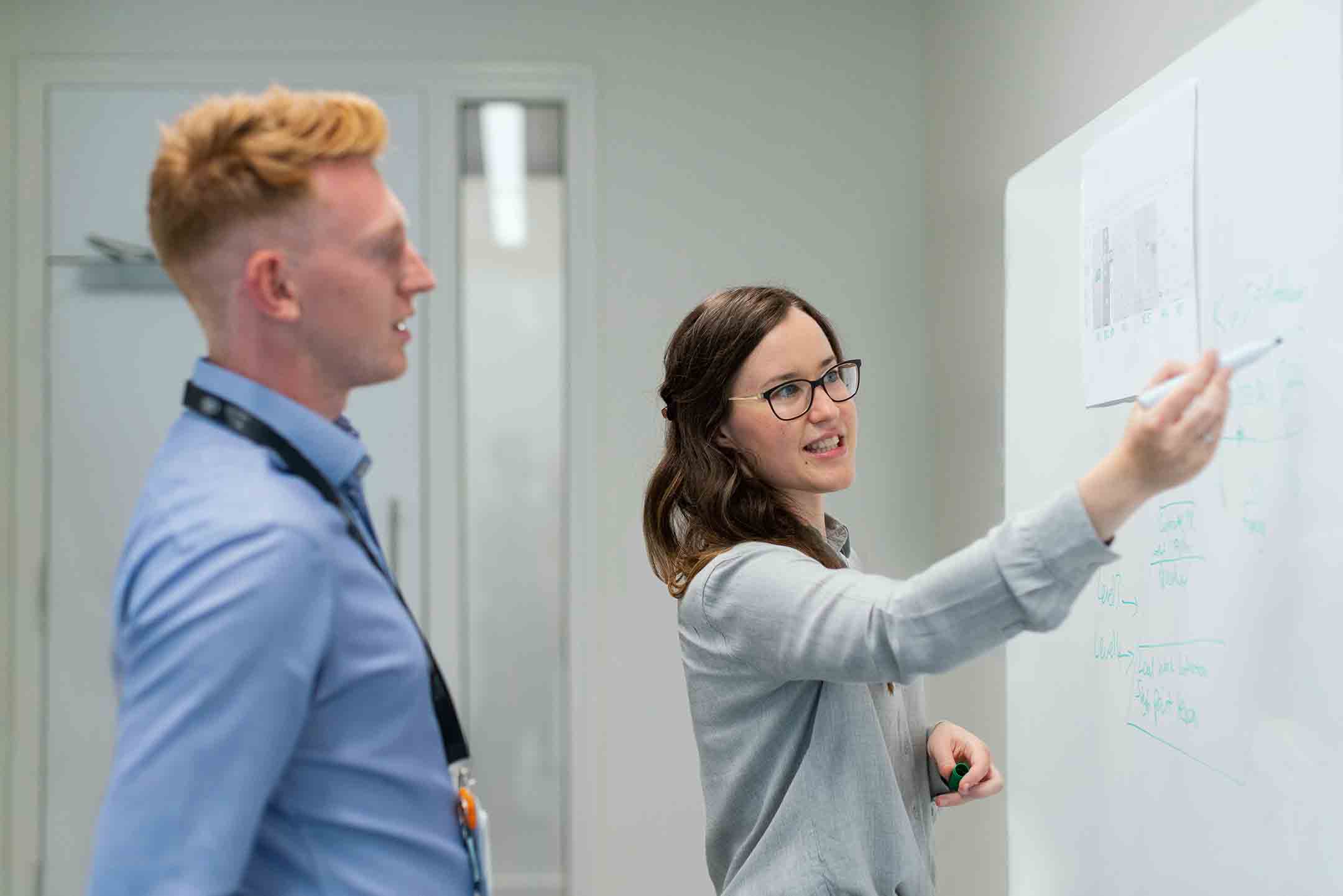Introduction
When developing a product, structured systems engineering can make the difference between something that simply works and something that truly lasts. Products are not short-term efforts. They evolve, get released in versions, and require regular updates. Unlike projects that often follow a one-off delivery cycle, products stay in the hands of users for years. This demands quality, resilience, and purposeful design from day one.
Getting a product to market quickly is rarely enough on its own. It also has to meet regulatory expectations, adapt to changing customer needs, and protect core intellectual property. That’s where we come in. Our services are designed to support your product across its full lifecycle, from early concepts through to retirement.
Target Clients
We work with companies of all sizes who are building or maintaining engineered products. Some are startups growing fast and needing to build up their systems engineering capabilities quickly. Others are established system integrators with strong teams in place, but looking for support on systems-level thinking across software, hardware, and interfaces.
We also support firms in regulated industries where documentation, verification, and traceability are critical. And when older product lines need refreshing, we help teams structure what’s already there and bring it forward—sometimes by creating digital twins or reworking the architecture.
Our Role in the Product Lifecycle
At the early stage, we help you turn stakeholder needs into usable input for engineering teams. This includes shaping high-level objectives into something you can build and test.
In the design phase, we work alongside your teams to define architectures that allow for reuse, modularity, and easier handling of product variants. This is especially valuable when products are expected to evolve over several releases.
During development, we support the creation and refinement of models, run system-level analyses, and help coordinate how different elements integrate together. The aim is to avoid surprises during assembly or testing.
As you move closer to release, we focus on integration and verification. We make sure everything works together and meets the intended goals before it reaches users.
And once a product is out in the world, we stay involved—supporting updates, ensuring compliance is maintained, and helping you plan for the longer-term picture.
Our Way of Work
Our approach is flexible. We join where it helps most. That might be a short assignment to cover a gap or a longer partnership that supports your product across multiple phases. Some clients ask us to focus on overflow work or take on modules that are not core to their team.
We are careful with client IP ownership. You stay in control of your product. We do not take over. We support.
When needed, we bring in external perspective—fresh ideas, exposure to other standards, or suggestions from past projects that might apply to yours. And when it comes to verification or validation, we can act as a neutral voice, helping you check your own work before it goes live.
Client Benefits
Our support helps reduce internal pressure. You get to market faster without stretching your teams too thin. Because we are not tied to any specific tools or vendors, we focus only on what works best for you.
With structured engineering in place, it becomes easier to catch requirement gaps early and avoid integration failures later. You gain confidence that everything is traceable and verified the way it should be.
We do not push bundled packages. Our services are modular. You can start small and add what you need as your product moves forward.
Stakeholder Needs Management
Eliciting, analysing, validating and managing evolving stakeholder expectations.
Product Requirements Management
Managing requirements throughout the product development lifecycle.
Product Architecture Definition
Structuring system functions, components, interfaces, and design constraints.
Product Design & Analysis
Analysing and modeling system behaviour, sequences, states, and activities.

Product Integration
Incorporating system elements into verified configurations under controlled conditions.

Product Verification & Validation
Confirming system correctness, completeness, and fitness for intended use.



